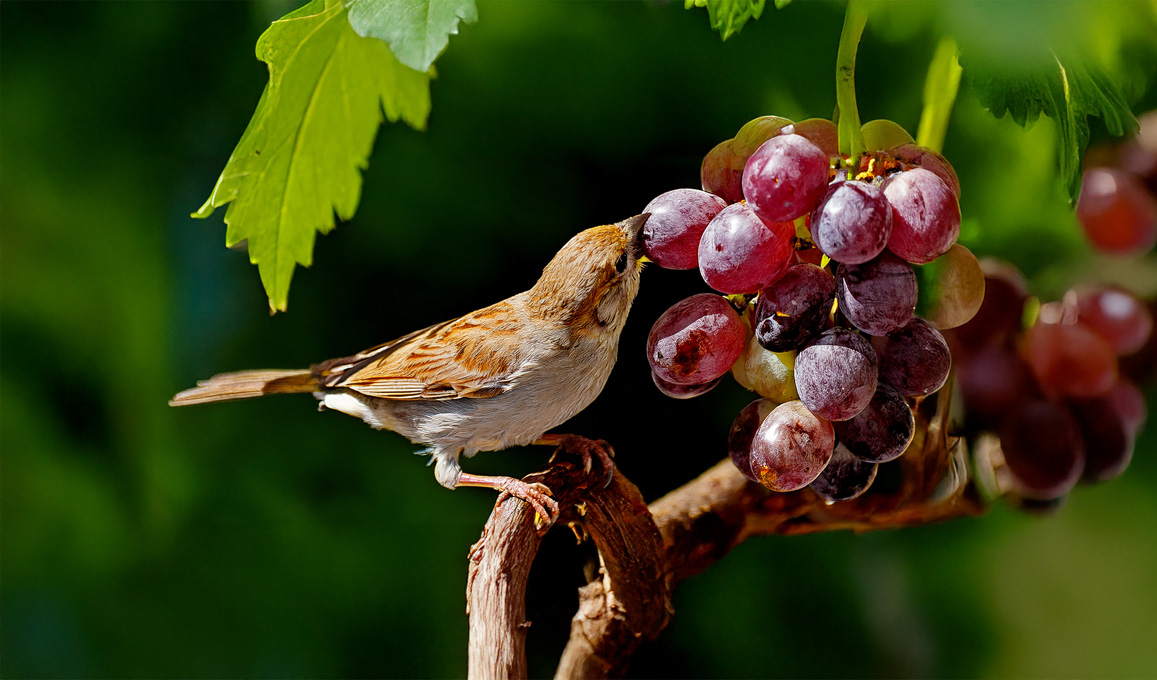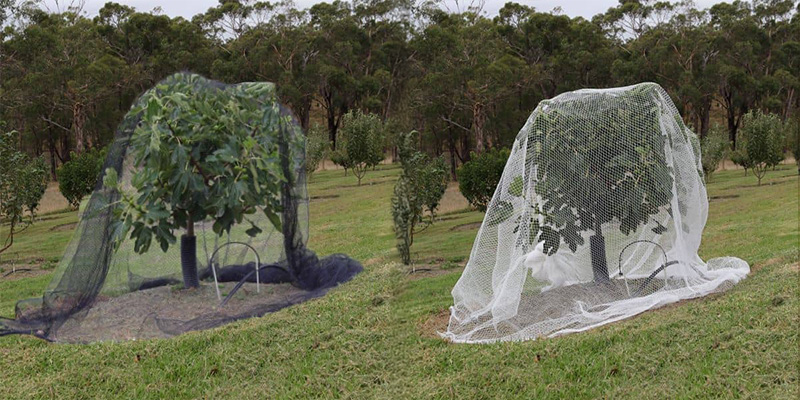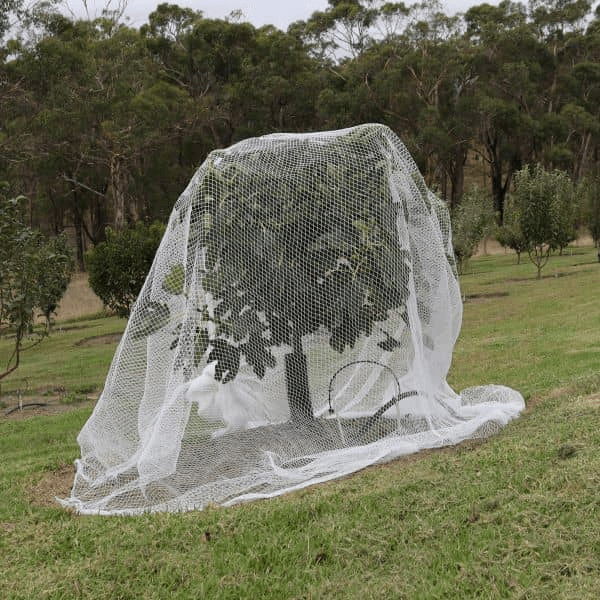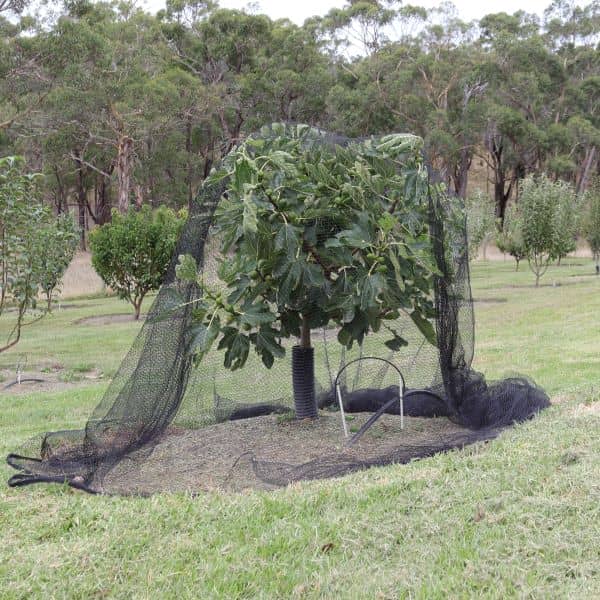How to Protect Grapes and Berries from Birds?
Nothing is more frustrating for gardeners and vineyard owners than watching ripe, juicy grapes and berries disappear overnight, eaten by birds. While birds are an essential part of the ecosystem, they can pose a significant challenge during fruiting season by damaging or completely wiping out your harvest. But with the right protection methods, you can successfully deter birds to boost your productivity.

Among all the options available, bird netting remains one of the most reliable and humane solutions for protecting your crop.
In this post, we will talk in detail about how bird netting can protect grapes and berries from birds along with some other secondary options.
Why Birds Love Grapes and Berries?
Birds are naturally attracted to soft, sugary fruits like grapes, blueberries, raspberries, and strawberries. These fruits are easy to peck at and provide energy, making them ideal targets for birds such as starlings, blackbirds, lorikeets, and rosellas. Once birds discover your garden or vineyard as a food source, they’ll return daily and invite others, often resulting in a significant loss of yield. Nothing is more frustrating for gardeners and vineyard owners than watching ripe, juicy grapes and berries disappear overnight, snatched away by opportunistic birds.
Why Bird Netting is the Most Effective Solution
Bird netting creates a physical barrier between your fruit and birds, making it hard for them to access your crops. Unlike scare devices or sound deterrents, which may lose effectiveness over time, bird netting provides consistent, full-season protection.
 Key Benefits of Bird Netting:
Key Benefits of Bird Netting:
- High Effectiveness: Physically blocks birds from reaching fruit, unlike devices that rely on fear or distraction.
- Lightweight & Easy to Install: Modern nets are UV-stabilised, durable, and can be draped or fixed with minimal effort.
- Safe and Humane: Prevents harm to birds when installed correctly using wildlife-friendly netting.
- Versatile: Suitable for both backyard gardens and large-scale vineyards.
How to Install Bird Netting Over Grapes and Berries
For the best protection, it’s important to install bird netting properly before fruit starts ripening. Here’s how:
- Choose the Right Netting: Opt for UV-treated, 5mm or smaller mesh size to prevent entanglement and comply with Australian wildlife protection guidelines. White netting is generally recommended as it’s more visible to birds and less likely to trap them.
- Support the Netting with Frames or Hoops: Use poles, trellis frames, or hoops to drape the netting over your grape vines or berry bushes without the net touching the fruit. This keeps the net from weighing down plants or allowing birds to peck through it.
- Secure the Bottom Edges: Anchor the bottom of the net using pegs, clips, or ties to eliminate entry points for birds and small animals. For large areas, bury the edges slightly or tie them tightly around trunks or posts.
- Check Regularly: Inspect the netting for holes, sagging, or trapped animals. Promptly repair any damage to ensure continuous protection throughout the season.
 Additional Tips to Deter Birds
Additional Tips to Deter Birds
While bird netting is the most effective method, you can combine it with other deterrents for added protection:
- Scare Devices: Reflective tape, hanging CDs, or fake predators like owls may temporarily scare birds.
- Sound Deterrents: Motion-activated alarms or predator calls can help, though birds often grow used to them.
- Fruit Bagging: For smaller quantities, individual fruit clusters can be bagged for protection.
- Companion Planting: Grow plants birds dislike (like garlic or chives) around your berry patch to discourage them.
Invest in Quality Bird Netting from Sage Horticultural
At Sage Horticultural, we stock a premium range of bird netting options designed specifically for protecting fruit crops like grapes and berries. Our nets are:
- Made with UV-stabilised materials for long-term use
- Available in multiple mesh sizes and lengths
- Compliant with Australian wildlife safety standards
